Katie Zapel, PhD, Historian/Archives Manager for Zippo Manufacturing Company (includes Zippo, W. R. Case & Sons, and Ronson), Bradford, Pennsylvania
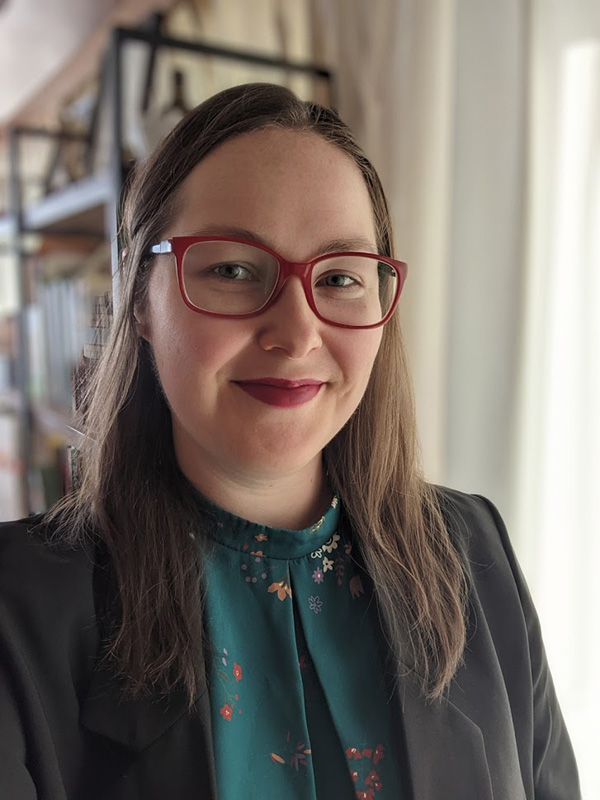
Katie Zapel earned a B.A. in Human Relations (an interdisciplinary major consisting of Anthropology, Sociology, and Psychology) from the University of Pittsburgh at Bradford in 2012. She completed a graduate certificate in Gender and Women’s Studies in 2014, a Master of Arts in Anthropology in 2016, and a PhD in Anthropology in 2022, all from the University of Kentucky.
Her research interests include gendered labor and craft production as part of cottage-style economies among the Otavaleños (also called Otavalans), an indigenous group of weavers in the Andes Mountains of Ecuador. She focused on the gendering of tasks, especially how women’s roles are determined, and the political economy of crafts. Her research takes an economic anthropology approach to look at the marketing of identity.
Currently, she is the Historian/Archives Manager for Zippo and Case. In addition to managing the Archives, she curates the Zippo/Case Museum and gives the museum tours.
What led you to your field?
It’s kind of a long story, but the short version is that I wanted to use my educational background in cultural anthropology that focused on material culture and people’s stories, while working in my hometown, which is located in rural northwestern Pennsylvania. I had initially planned a career teaching at the university level, and had been adjuncting in Anthropology and Sociology at the University of Pittsburgh at Bradford for a few years. But I also had an interest in archives and museum work. I had interned in the Zippo Archives in 2015 and 2016 and truly enjoyed the experience. When the position became available in the summer of 2021, it seemed too good to be true.
How does what you do relate to historic preservation?
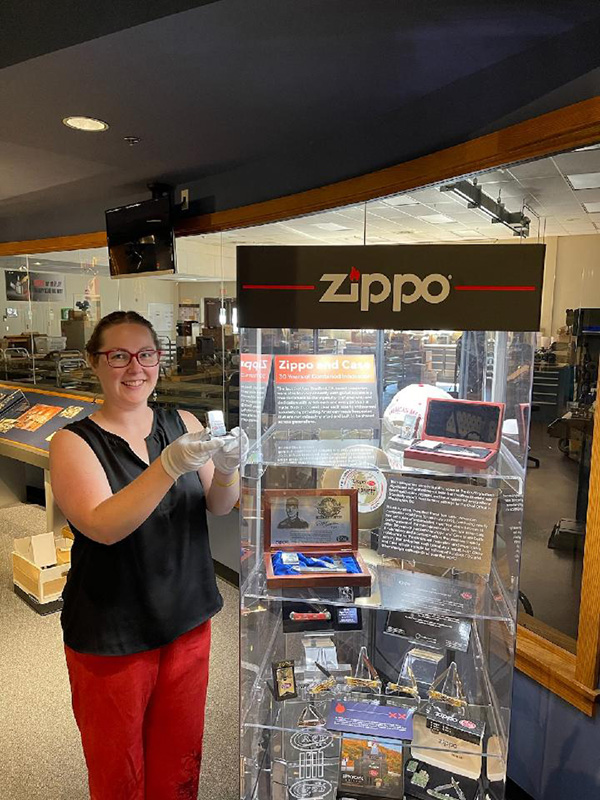
I manage the Zippo Archives and curate the Zippo/Case Museum. Our archives is a repository for digital, paper, and physical assets needed to support brand initiatives, new product introductions, and legal protection of the brand. The purpose of the Zippo Archives is to gather, interpret, retain, and share the history of the Zippo family of companies, their products, and founders’ families, and this information is shared most publicly through the exhibits located in the Zippo/Case Museum. In other words, my entire job is to preserve the artifacts and surrounding stories/knowledge that are of historical significance to Zippo and Case. Because Zippo and Case both have their roots in a small town (Zippo was founded in Bradford, Pennsylvania in 1932; Case has been located in Bradford since 1905), company history is intertwined with our community history. Preserving these artifacts and stories for the company also preserves artifacts and stories for our community.
Why do you think historic preservation matters?
I think we can learn so much from our past, the people who created these artifacts/sites/material culture, and the way in which they were created. That’s part of what drew me to cultural anthropology. In regard to my job, part of what makes Zippo and Case special is that they always keep their history at the forefront of new projects. The only way to ensure that is to continue to preserve history.
What courses do you recommend for students interested in this field?
Well, I never explicitly studied historic preservation. My BA was in a combination of Anthropology, Sociology, and Psychology; and I did my graduate work in Cultural Anthropology, with a certificate in Gender and Women’s Studies. So, I fully acknowledge my bias, but I genuinely think a few cultural anthropology courses can be incredibly beneficial to learn about different perspectives, systems of value, and methods for sharing and preserving history. Historic preservation work involves actors from different backgrounds and experiences, who will likely have different perspectives on what should be preserved (or not), how it should be shared with others (or not), and why those items/stories are important (or not); so I think having some cultural anthropological training can provide valuable tools for navigating and negotiating with those different actors.
Do you have a favorite preservation project? What about it made it special?
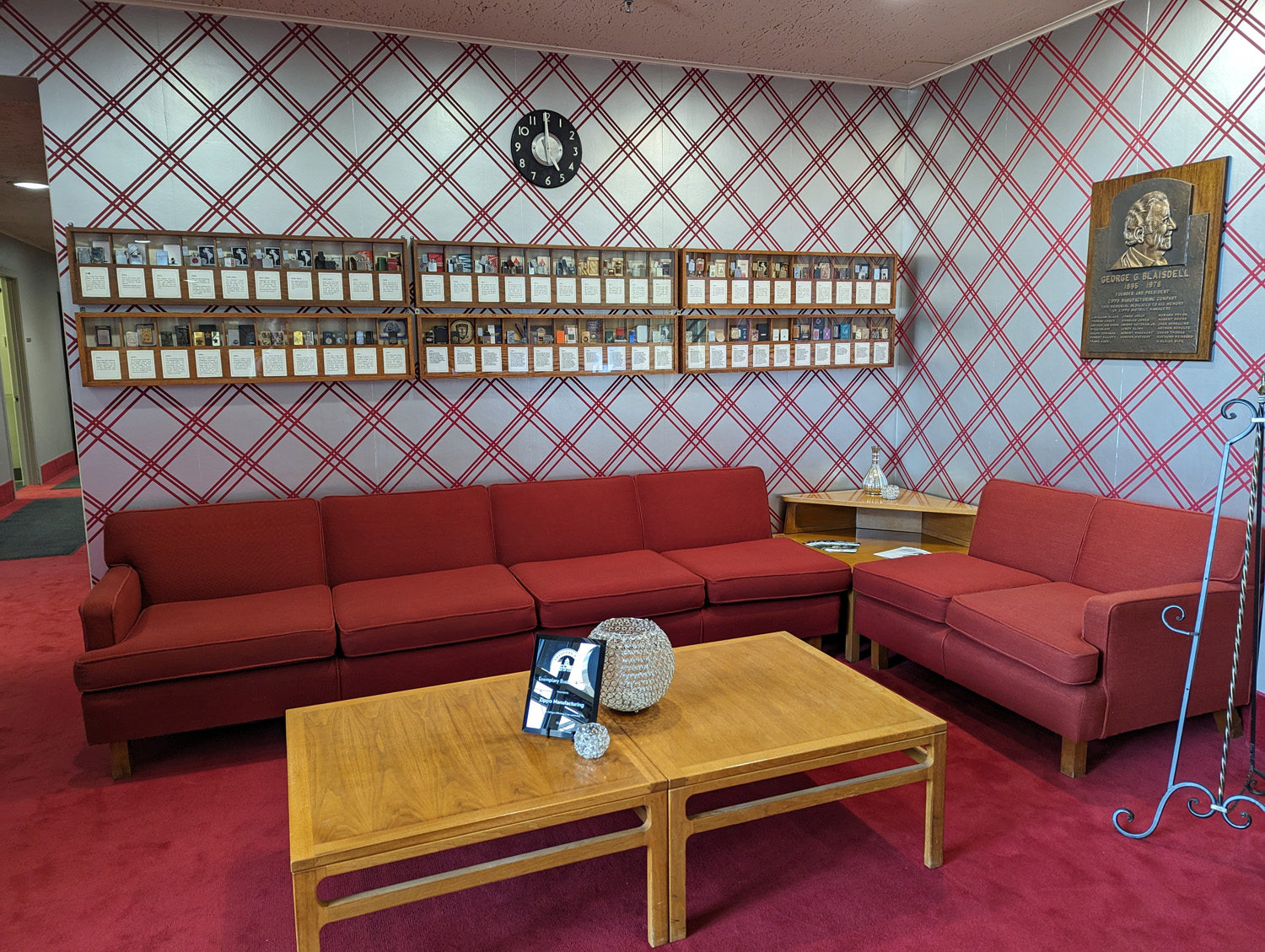
I think I have two favorite preservation projects for different reasons. When I was an intern at the Zippo Archives in 2016, I started a timeline of important Zippo events. It began as a learning tool for me to keep track of information. At the time, it seemed like so many longtime employees knew key dates and facts from their personal work experiences, so I needed a tool to help me learn and organize this information. Years later, the timeline has grown into a massive living document that I’m always updating and referencing for research projects and upcoming initiatives. This was a special project because my boss at the time (my predecessor in the Archives Manager position) encouraged my idea and embraced it for use in the Archives that informs company work.
A more recent project that is special to me is the first Zippo/Case Museum exhibit that I planned, created, and installed. Titled “Masters of Metalworking,” the exhibit highlights our recent design techniques, finishes, and use of different metals, which is part of our history that had not been captured in the museum. I have made updates and small changes to the museum, but this project was special because it was exciting to share an entirely new exhibit with the public.
Can you tell us what you are working on right now?
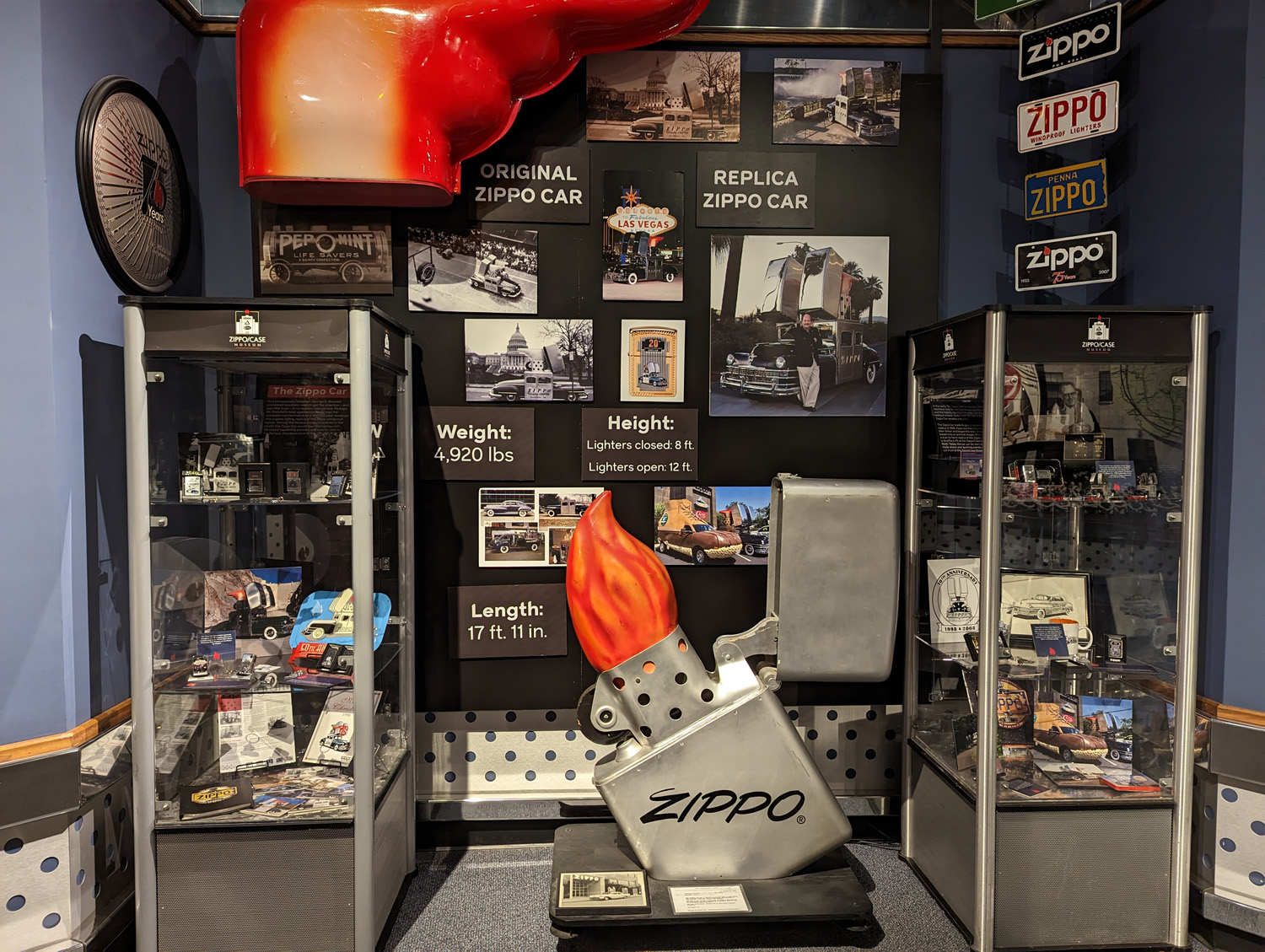
I installed four temporary exhibits in the Zippo/Case Museum in July, and a group of us just completed a project to update the lobby of our office headquarters. That project was a bit tricky because we wanted to add new elements that weren’t jarring against the original elements installed in 1955 when the building opened.
Because I just finished these major preservation and installation projects, I’m in between large projects. Right now, I’m gearing up for a Case consumer event, and I’ll be finishing the month with several tours of the Zippo/Case Museum for our customers. We’ve found it helps when they start their visit learning about the history of the companies. After that, I’ll start planning for the museum update that will take place in early 2024. It’s been my goal to make frequent changes to the museum to share more of the history and allow repeat visitors something new to see.
How do you think the national historic preservation programs help your community?
Although I knew our historic downtown district is on the National Register of Historic Places, I’ll admit that I wasn’t sure which other programs my community directly benefits from. Looking at the Pennsylvania Historic Preservation website, I learned that “Bradford passed a preservation ordinance in 1971. In the early 2000’s the City received Keystone Historic Preservation Project grant funding from the PA SHPO to rehabilitate their Old City Hall.” Bradford was designated a Certified Local Government in 1999 and a Preserve America Community in 2008. There have been many CLG-supported revitalization and renovation projects in town.
Do you have advice for novice preservationists?
Let your passion drive you. Not everyone will value historic preservation, which can feel discouraging. Live and work in a way that makes you feel proud.
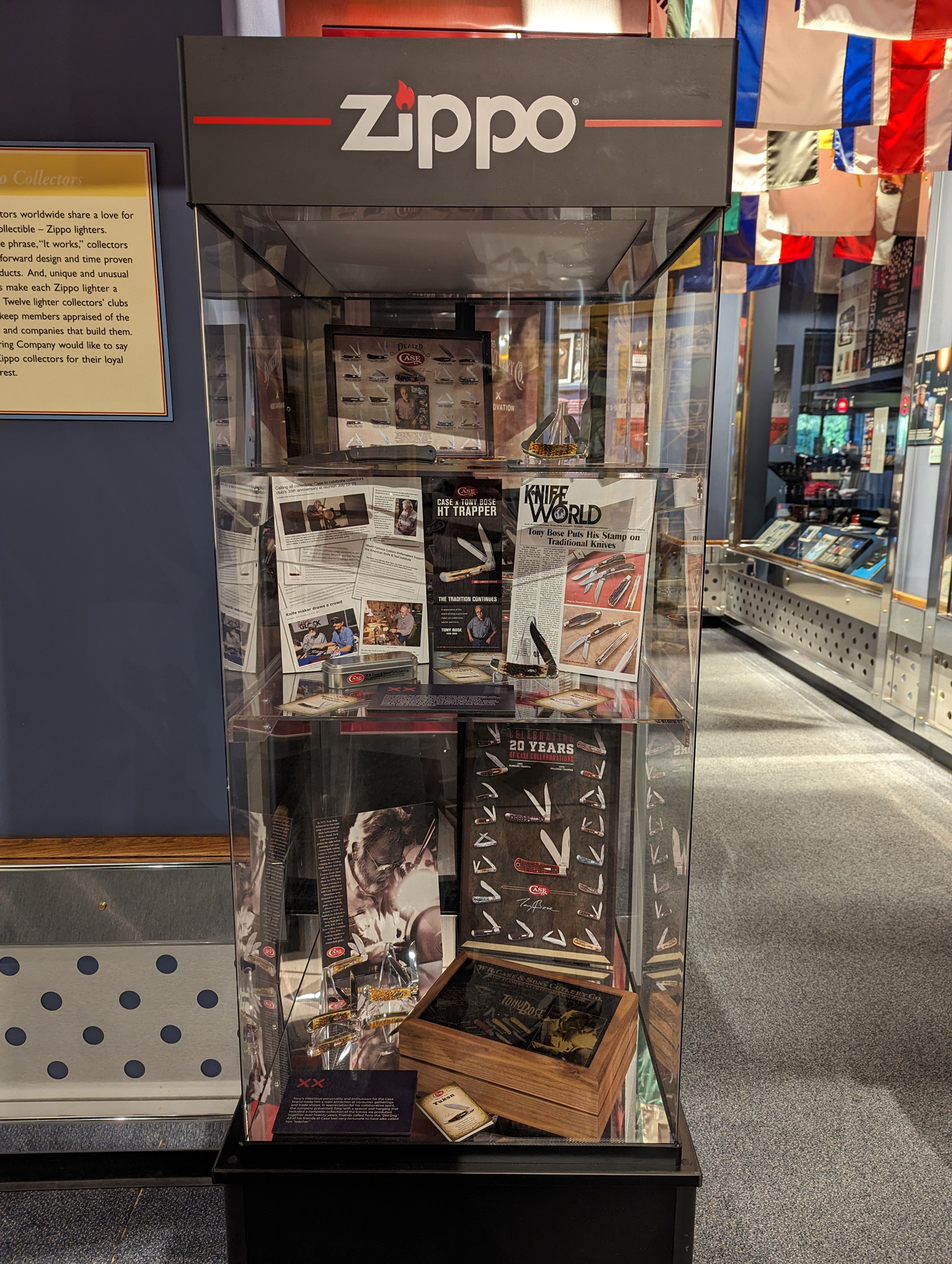
The ACHP’s mission is “preserving America’s heritage;” can you give us an example of how your community is preserving its heritage?
Bradford was an oil boom town that became part of an industrial belt in Pennsylvania. We’re fortunate to have several small museums that preserve and share this history: the Zippo/Case Museum, the Penn-Brad Oil Museum, and the Marilyn Horne Museum (a world-famous opera singer born in Bradford) are all based in Bradford, and there’s an excellent WWII Museum nearby in Eldred, Pennsylvania, that highlights local WWII stories. We’re also only 30 minutes away from Seneca Nation territory in Salamanca, New York, which houses the phenomenal Seneca-Iroquois National Museum. In addition to these museums, we also have a historic downtown, Landmark Society, and Crook Farm Homestead, which are dedicated to preserving and sharing the history of our community. Even two of our restaurants have incredible history: one was originally a Carnegie Library (now Beefeaters restaurant), and the other was an oil options house (now the restaurant Kabob’s at the Option). Although the functions have changed, the sites and history of the buildings have been preserved.
How would you define economic anthropology, and how does it differ from traditional economics? What are some of the challenges faced by economic anthropologists in the field, and how do you overcome them?
Economic anthropology studies how human cultures provide goods and services. In my opinion, it differs from traditional economics in that economic anthropology prioritizes the people and cultural components in these systems, rather than trying to create predictive models about how markets will function. Also, traditional economics has largely been focused on capitalism, while economic anthropology has always studied various economic systems.
Economic anthropology began as a specialty by focusing on ‘modes of livelihood’ and created and utilized theoretical perspectives that by today’s standards may be considered ethnocentric. I think this legacy can be overcome by acknowledging and intentionally shifting away from those dated perspectives and by taking a more holistic approach to understanding economic activities within cultures and communities. I think there’s great contemporary economic anthropological work being done that centers power dynamics, marginality, intersectionality, and can readily be mobilized to action. I suppose that’s another difference between traditional economics and economic anthropology: economic anthropology that focuses on power can yield praxis and activism.
One challenge I personally encountered in my own research was in shifting away from the Western approach to economic anthropology that separates production, distribution, and consumption as three key points in the system of economic activity. This came to a head in my dissertation when, no matter how hard I tried, I couldn’t make the framework of three separate chapters on production, distribution, and consumption of Otavalan textiles/crafts work. I finally realized that it was because the indigenous Otavaleños with whom I completed my research didn’t separate production from distribution as disparate points, but rather viewed production and distribution as a more unified component in their economic activity and especially in the way that this economic activity impacted their identity. In hindsight, this seems like a simple and obvious intellectual shift, but I think that one of the challenges that any anthropologist (in any specialty) faces is relearning/reassessing concepts in the field.
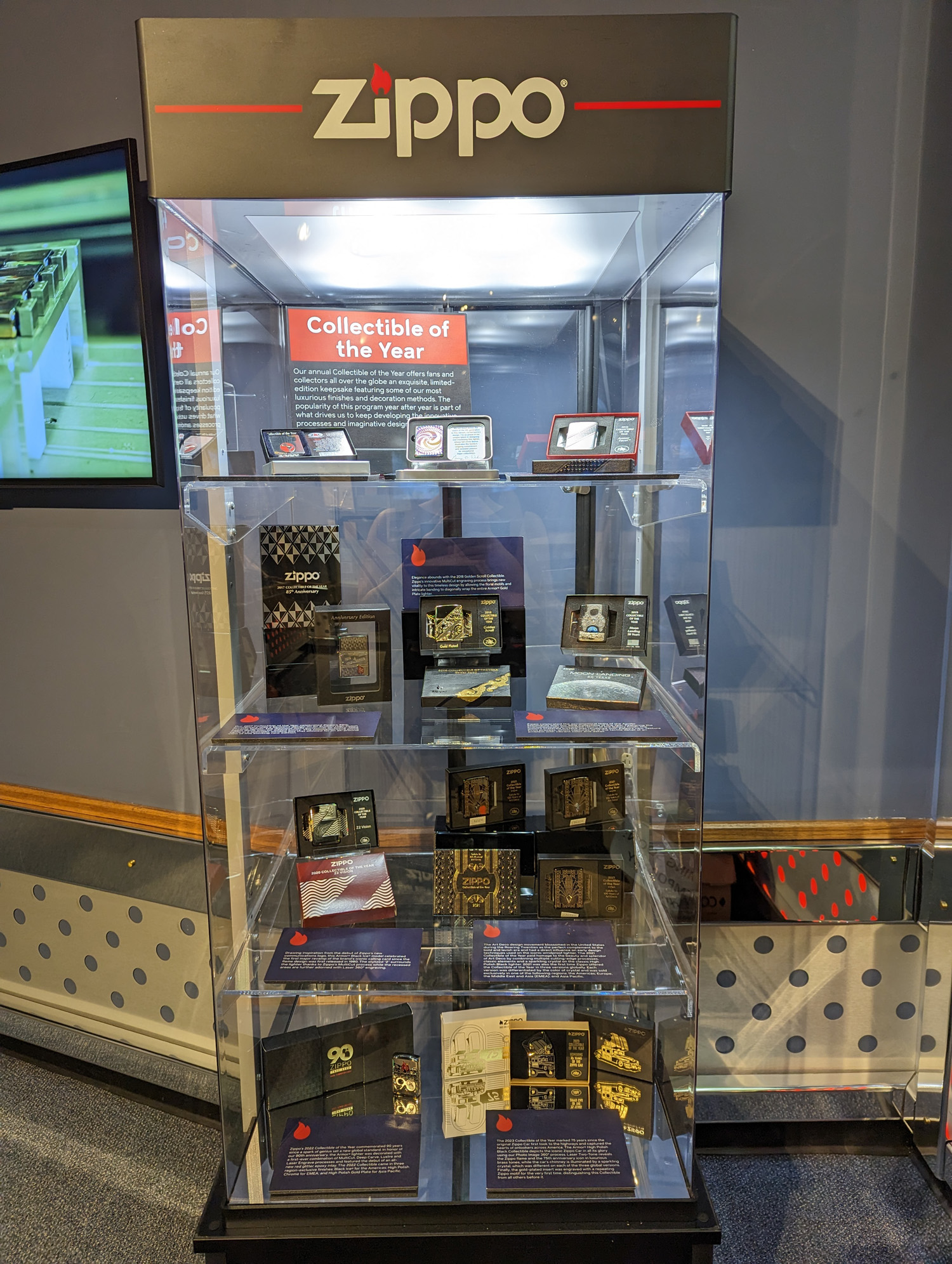
As an economic anthropologist, how do you see the intersection of historic preservation and the cultural value of objects, such as the Zippo lighters produced by the company? How does this influence your approach as the archives manager?
I think that historic preservation must be done with the cultural value of objects in mind, with special consideration to different values held by different parties. The cultural significance of Zippo lighters may include their use to servicemembers in the military, their sentimental value, their use for smoking and lighting fires, their representation of my community, their collectability, their economic value, the jobs they create, etc. depending on the person viewing the object. I try to be sensitive of these various perspectives when receiving donations and loans, when cataloging items, when curating the museum, when giving guided museum tours to visitors–essentially at all times. In my experience, most visitors don’t view Zippo lighters with neutrality. They already have positive or negative feelings associated with them, and part of my job is respecting those feelings while also providing some education about the objects and the history of the company and community. I try to prioritize respect in my approach as Archives Manager.
How do you collaborate with other stakeholders, such as historians, local communities, or heritage organizations, to ensure that the preservation efforts at Zippo Manufacturing Company align with broader historical and cultural narratives?
I may be in a unique position because I simultaneously occupy several of the roles you mention. I am a community member, an anthropologist, an archivist, and a curator. I work both directly and indirectly with other historic preservation organizations in my region whose goal is to preserve and share local narratives, and I also am always listening to locals and visitors alike. Part of my research background includes oral history as a valuable source of knowledge, so I’m always collecting people’s stories. I believe this shapes my perspective about local historical and cultural narratives as well as how I approach my work.
Read more Q&A stories about the Preservationists in Your Neighborhood!